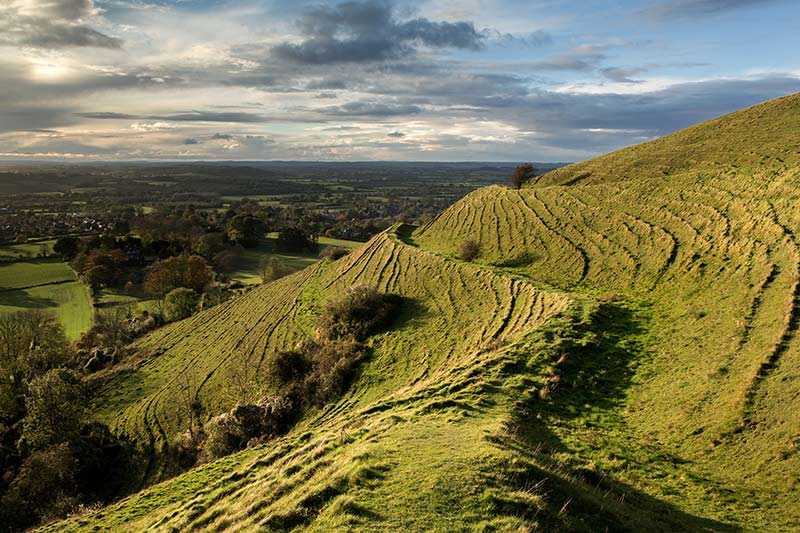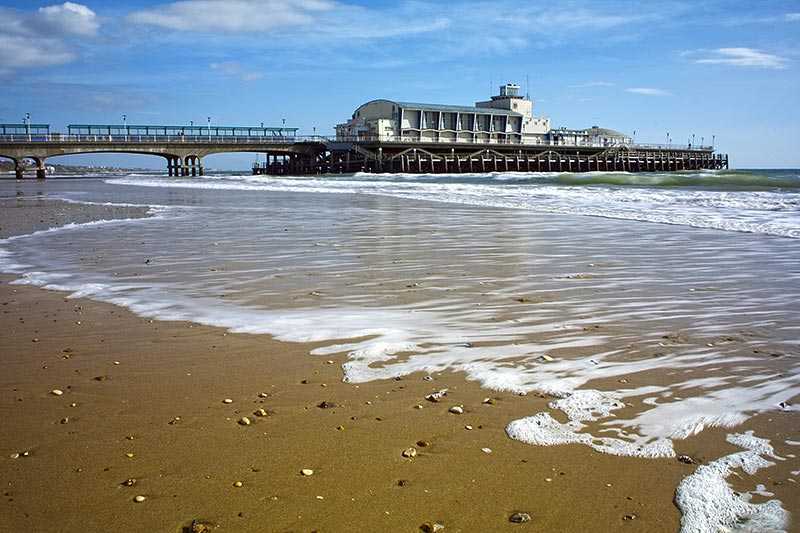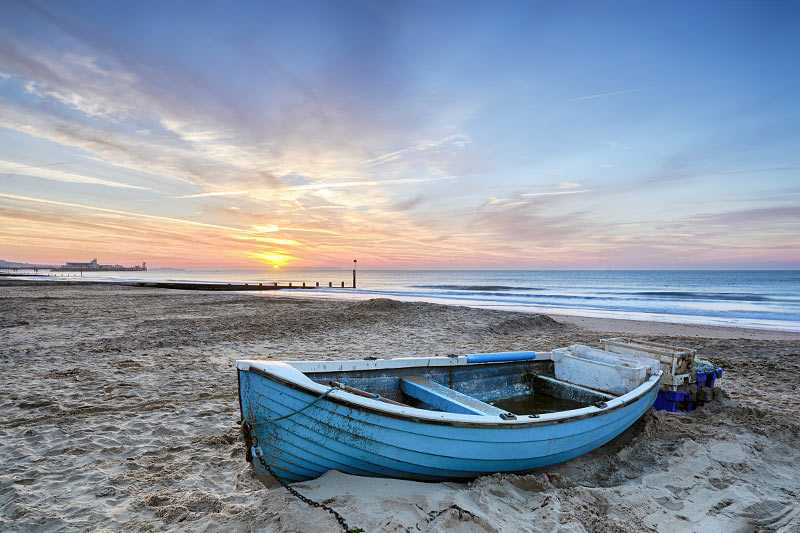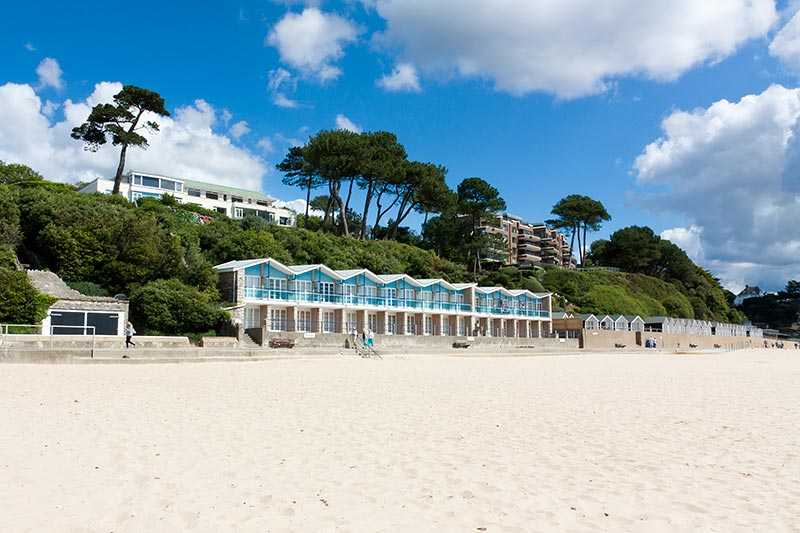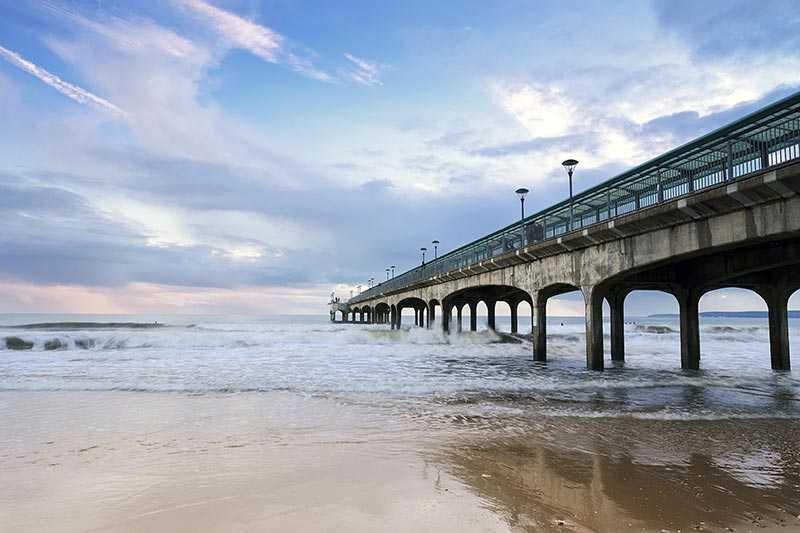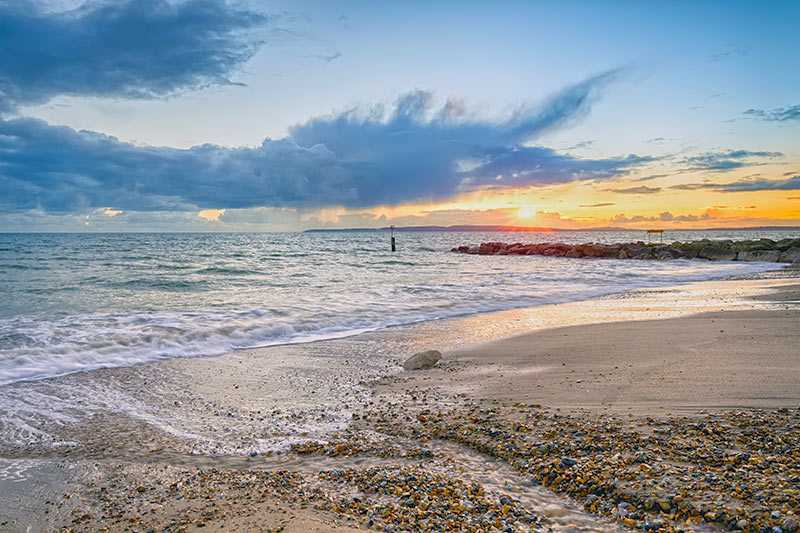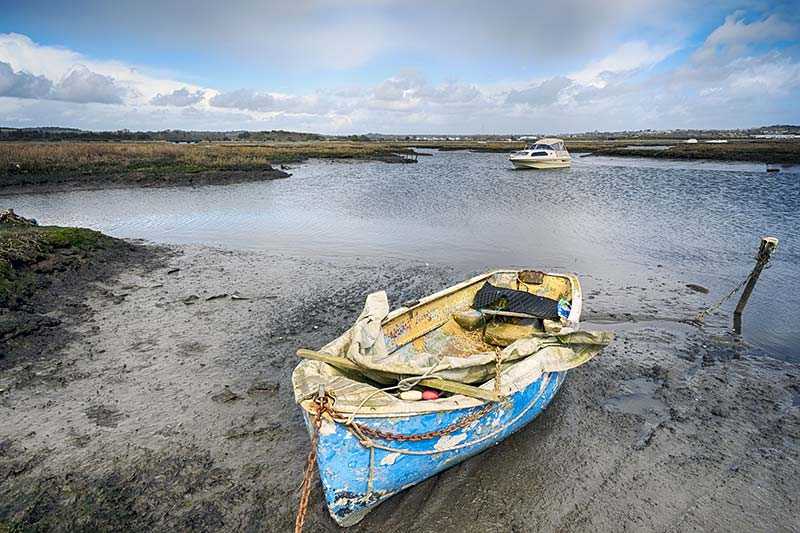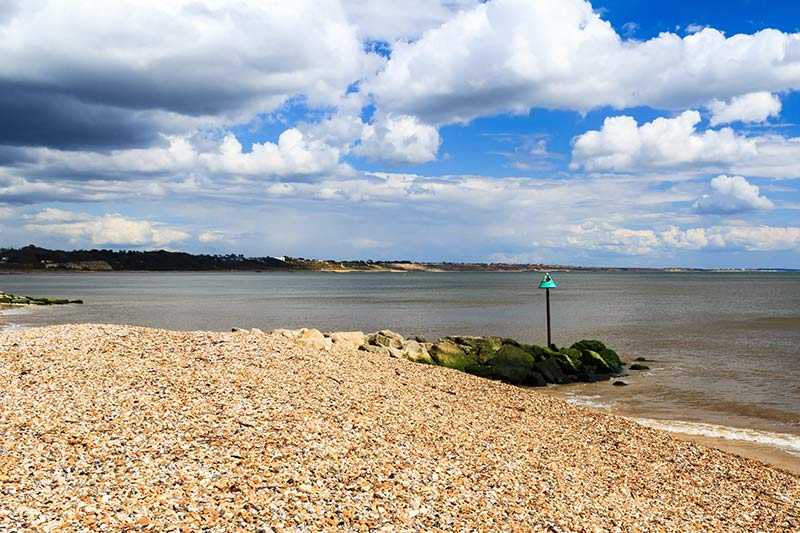Cranborne Chase and West Wiltshire Downs AONB
About Cranborne Chase and West Wiltshire Downs
The sixth largest AONB in England, the Cranborne Chase and West Wiltshire Downs covers 980 km2 (379 mi2) of land in Dorset, Hampshire, So...
About Cranborne Chase and West Wiltshire Downs
The sixth largest AONB in England, the Cranborne Chase and West Wiltshire Downs covers 980 km2 (379 mi2) of land in Dorset, Hampshire, Somerset and Wiltshire. Its diverse landscape is formed from chalk and comprises grassland; ancient woodlands including Grovely Wood and Great Ridge Wood, chalk escarpments, hillsides and river valleys....
Things to do near Cranborne Chase and West Wiltshire Downs AONB
e-Scavenger hunt Salisbury: Explore the city at your own pace
Fun City Scavenger Hunt in Basingstoke by Operation City Quest
Salisbury Tour App, Hidden Gems Game and Big Britain Quiz (1 Day Pass) UK
Basingstoke iFLY Indoor Skydiving Experience - 2 Flights & Certificate
Stonehenge & Wiltshire Wonders–Online Self-Guided Road Trip Plan
E-Bike excursion to Harrys Rock or Corfé Castle
Adrenaline Comedy Bike Tour Experience at B3335
Lulworth Cove & Durdle Door Mini-Coach Tour from Bournemouth
Full Day Jurassic Coast Mini-Coach Tour from Bournemouth
Hengistbury Head: A Self-Guided Audio Tour
Bournemouth Tour App, Hidden Gems Game and Big Britain Quiz (1 Day Pass) UK
E-Bike excursion to Harrys Rock or Corfé Castle
BBQ Evening Cruise Around Poole Harbour
E-Bike excursions from Wareham, Dorset
E Bike Excursions from Swanage, Dorset
Poole Harbour Lights Cruise
E-bike excursion exploring the Purbecks
Poole Harbour and Islands Circular Cruise
Poole Jurassic Coast Circular Cruise
E-Bike Hire Experience exploring the New Forest
Cotswolds Private Day Tour from Southampton
Pedal & Puzzle, Outdoor Escape Room E-Bike Adventure
Southampton to London Transfers
Southampton Mystery Adventure: Titanic's Missing Millions
Luxury Sailing Experience Day with Champagne and Lunch or Dinner
Southampton Scavenger Hunt and Sights Self-Guided Tour
Attractions near Cranborne Chase and West Wiltshire Downs AONB
Activities
About Cranborne Chase and West Wiltshire Downs AONB
About Cranborne Chase and West Wiltshire Downs
The sixth largest AONB in England, the Cranborne Chase and West Wiltshire Downs covers 980 km2 (379 mi2) of land in Dorset, Hampshire, Somerset and Wiltshire. Its diverse landscape is formed from chalk and comprises grassland; ancient woodlands including Grovely Wood and Great Ridge Wood, chalk escarpments, hillsides and river valleys. Just over 89% of the land is classified as farmland.
Fauna and Flora
The woodland areas are centuries old and rich in plant species, including types of orchid, hellebore and fern; as well as over 160 lichen species, thirteen of which are rare in Britain. Deer roaming Cranborne Chase are descendants of those which once populated this hunting forest. Other mammals include muntjac deer, badgers, foxes and common dormice. The woodland supports a wide diversity of birds, including the nightingale, buzzard, kestrel and all three species of British woodpecker.
Tourism
The AONB is not yet a developed tourist area. It is sparsely populated and there are no large towns within it.
Activities
With over 1,450 km (~900 mi) of footpaths, bridleways and byways, the AONB provides extensive opportunities for walking, cycling and horse riding.
For those in search of more sedate pastimes, the area's seven museums and places of historic and natural interest are testament to the rich and diverse history of the AONB.
Did you know?
Ackling Dyke, a Roman road built in AD1, crosses the region. This impressive pathway is 12 m (40 ft) wide, which would have allowed 10 legionaries to march abreast.

